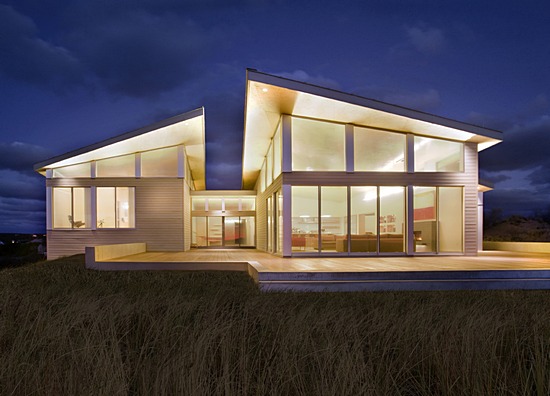If you’ve finally adopted the green life and want to live in a completely sustainable house, it’s important to know that your home’s location is just as important as its build. Compare different properties and you’ll see how different they can be in their sustainability factors, all that because of the location. So no matter if you’re building, buying or renting, here are a few location criteria to keep in mind if you want to practice sustainable living.
Pick a location that’s close to important amenities
This is probably the most important location factor: picking a location that’s close to your work, your kids’ schools, practical shopping locations, public transport stops and all important civic buildings. Ideally, all of these should be within a walking distance, so ¼ a mile or max ½ a mile from your home. Living near the amenities mentioned above will save you money on gas, save you time commuting, reduce stress levels on the daily, and most importantly, minimize your greenhouse gases production. Being close to public transport, walking and biking paths will allow easy traveling and spark many healthy habits.
Pick a location with an existing property
No matter what kind of condition the property’s in, buying land with something on it is much more sustainable than buying bare land. Why? Well, maybe the property has certain parts that can be renovated so you don’t have to build from scratch. Even the biggest renovation is greener than building on a piece of land that’s never been lived on before. Or maybe you can reuse some of the materials if you choose to tear everything down. In many cases, it’s possible to rebuild a house on an existing foundation and put many of the materials left over from demolishing to good use.
Consider the build of the house when buying
If you’re buying a ready-to-move-in property, make sure to consider all the construction elements and amenities inside the house. Firstly, consider the size of the property you’re buying. If it’s just you and your partner (with grown kids living their lives away from you), there’s no need to go overly big with the place because smaller is always more sustainable. It’s also crucial to consider the materials used in the building as well as the layout of the house. In Australia, people often use passive house design that allows house users to waste less energy. If you find a good mortgage broker in Sydney when buying a house, you will not only get the best rates and mortgage advice but also get access to their calculators that allow easy calculation of your budget and costs. With reliable calculators, you can set aside enough money for all purchases, payments, green upgrades and home improvements.
Build on an infill site for sustainable living
If you have to build on a location that’s never been built on before, make sure that the land is an infill site AKA a site surrounded by existing properties. This is important because there’s a great possibility that other parcels are already connected to the grid, and you can simply hook up as well after you finish building. This move is sustainable for several reasons: it reduces waste, minimizes the destruction of surrounding nature and reduces pollution caused by people building new infrastructure. Unless you’re planning to live completely independently using solar power, well water and your own ways of treating wastewater, building on an infill site is the greenest option.
Avoid sensitive habitats
No matter if you’re renting or building a house, make sure to stick to locations that are full of human activity and leave nature alone. It’s especially crucial to avoid building in habitats with endangered animals and plants, as well as wetlands that would require drying out or agricultural land. There are so many places where people live or used to live, and there’s no need to take more away from Mother Earth. Certain habitats are very sensitive to water pollution, erosion, loud noises and habitat destruction so let them exist in peace.
If you want to live a more sustainable life, it’s crucial to start from your living location. In the long run, the location of your home can have a considerable impact on the environment, so make sure to consider the location when building, buying or renting your new property.



